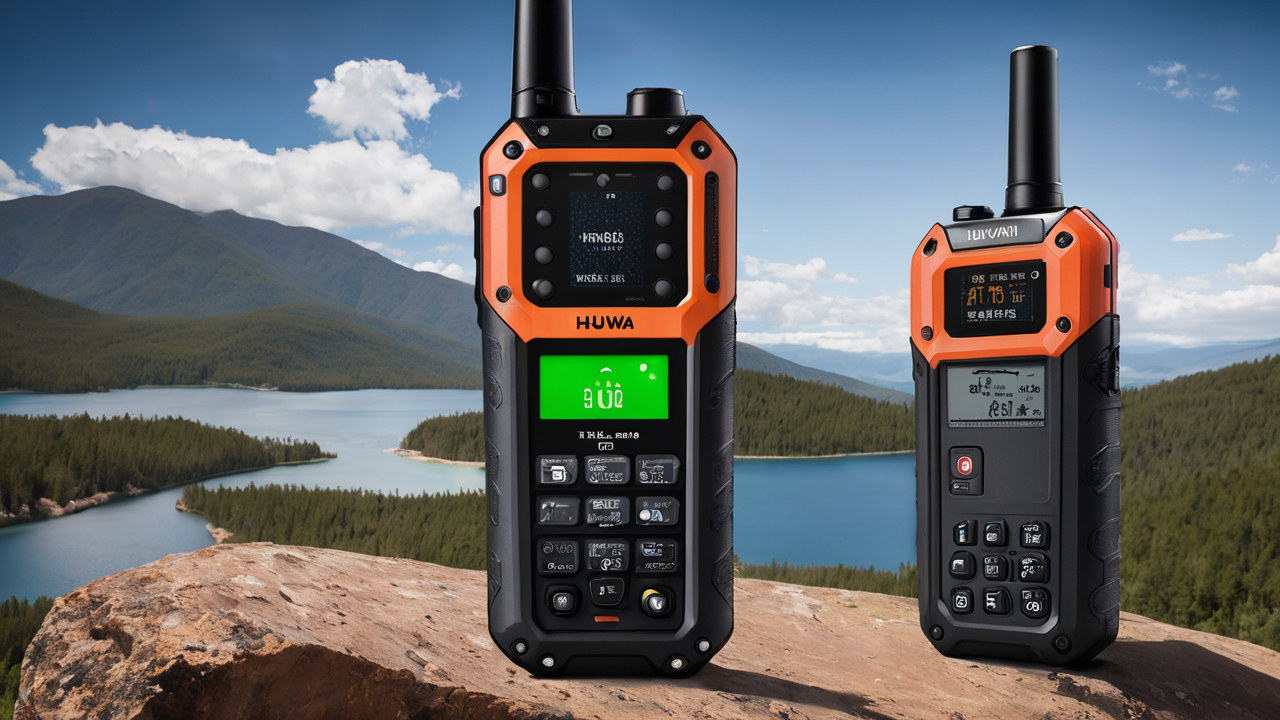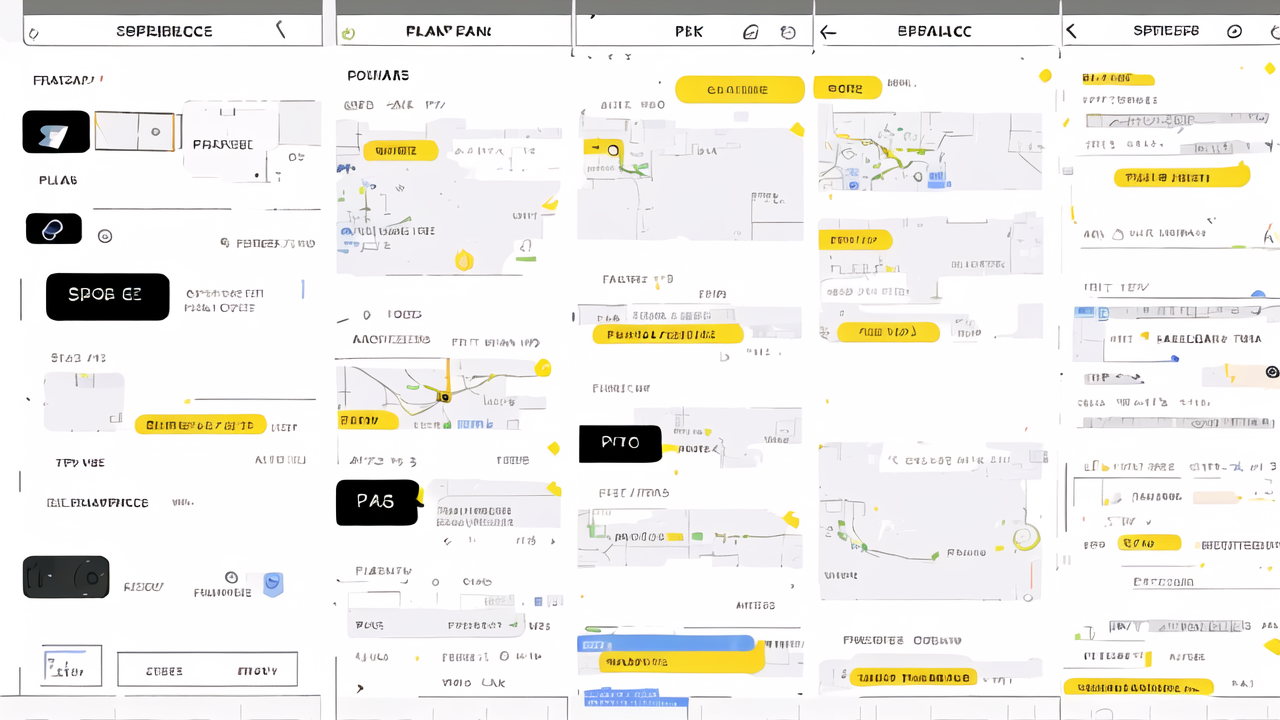Understanding Satellite Walkie Talkies: The Basics and Benefits
What are Satellite Walkie Talkies?
Satellite walkie talkies are advanced communication devices. They use satellites to transmit signals. This makes them work in remote areas where cell phones don't. They're like regular walkie talkies, but with a much wider range.

These devices connect to satellites orbiting Earth. This allows users to communicate over vast distances. They're ideal for hikers, campers, and disaster relief teams. Satellite walkie talkies work in places with no cell towers or power grids.
They offer features like GPS tracking and emergency alerts. Some models can even send text messages. The main drawback is their higher cost compared to standard walkie talkies. But for off-grid communication, they're hard to beat.
The Advantages of Using Satellite Walkie Talkies in Emergency Situations
Satellite walkie talkies shine in emergencies. They provide a lifeline when other communication methods fail. Here are some key benefits:
- Global Coverage: They work almost anywhere on Earth.
- Reliability: No need for cell towers or local infrastructure.
- Emergency Services: Many have SOS buttons for quick help.
- Long Battery Life: Can last for days on a single charge.
- Weather Updates: Some models provide real-time weather info.
- GPS Tracking: Helps rescuers find your location.
In disasters, these devices can save lives. They allow contact with rescue teams in remote areas. For outdoor enthusiasts, they offer peace of mind during adventures. In business, they keep teams connected in far-flung locations.
The Best Satellite Walkie Talkies on the Market
Identifying Key Features to Look for in a Satellite Walkie Talkie
When choosing a satellite walkie talkie, consider these important features:

- Battery Life: Look for devices that last at least 24 hours.
- Range: The best models can communicate globally.
- Durability: Waterproof and shockproof designs are ideal.
- GPS Functionality: This helps with navigation and location sharing.
- User Interface: A simple, intuitive interface is crucial.
- Size and Weight: Compact and lightweight models are more portable.
- Additional Features: Text messaging, weather updates, and SOS buttons are useful.
- Network Coverage: Check which satellite networks the device uses.
- Subscription Costs: Consider ongoing service fees.
- Customer Support: Good technical support is valuable for these complex devices.
Remember, the best device for you depends on your specific needs and budget.
Reviewing the Top Models: Performance and Price Comparison
Let's compare five top satellite walkie talkies available in the US:
- Garmin inReach Mini: Compact and lightweight. Great battery life. Two-way messaging.
Price: $350. Monthly plans start at $11.95.
- SPOT X: Full QWERTY keyboard. GPS tracking. Lower cost than some competitors.
Price: $250. Service plans from $11.95 per month.
- Iridium Extreme 9575: Durable and reliable. Global coverage. Voice and data capabilities.
Price: $1000. Airtime plans vary.
- Thuraya XT-PRO: Rugged design. Long battery life. Works in extreme temperatures.
Price: $800. Call rates depend on region.
- Inmarsat IsatPhone 2: Clear voice quality. Good battery life. User-friendly interface.
Price: $600. Various prepaid and postpaid plans available.
Each model has its strengths. The Garmin and SPOT are great for hikers. The Iridium is ideal for extreme conditions. Thuraya and Inmarsat offer solid all-around performance.
Recommendations from Experts and Consumers
Experts and users often praise the Garmin inReach Mini for its compact size and reliability. It's a top choice for hikers and backpackers. The SPOT X is recommended for its affordable price and easy-to-use keyboard.
For professional use, the Iridium Extreme 9575 gets high marks. It's favored by maritime workers and remote teams. The Thuraya XT-PRO is popular in regions where it has good coverage, especially in Europe, Africa, and Asia.
Consumers appreciate the IsatPhone 2 for its clear voice calls and simple interface. It's often recommended for occasional users who prioritize voice communication.
Remember, user reviews can be very helpful. They offer real-world insights into device performance. However, always consider your specific needs when making a choice.
Setting Up and Using Your Satellite Walkie Talkie
The Technical Aspects of Setting Up a Satellite Walkie Talkie
Setting up a satellite walkie talkie involves a few key steps:

- Activate your device: This usually requires registering online or by phone.
- Choose a service plan: Options range from basic to unlimited usage.
- Install batteries or charge the device: Most models use rechargeable batteries.
- Update firmware: This ensures you have the latest features and fixes.
- Set up your personal information: This includes emergency contacts.
- Learn about satellite acquisition: Understand how to get a clear signal.
- Test the device: Make sure it works before you need it in an emergency.
Remember, each model may have specific setup requirements. Always refer to the user manual for detailed instructions. It's best to set up and test your device before heading out.
Best Practices for Reliable Communication
To get the most out of your satellite walkie talkie, follow these best practices:
- Keep a clear view of the sky: Satellites need line-of-sight to work well.
- Be patient when connecting: It can take a minute to acquire a satellite signal.
- Use pre-set messages: This saves battery life and connection time.
- Keep messages brief: Long conversations drain the battery faster.
- Check weather conditions: Heavy cloud cover can affect signal quality.
- Carry spare batteries: Always be prepared for extended use.
- Update your location regularly: This helps in case of emergencies.
- Learn device shortcuts: Quick access to key features can be crucial.
- Keep the device dry and clean: This ensures optimal performance.
- Practice using the device: Familiarity is key in stressful situations.
By following these tips, you'll ensure more reliable communication when you need it most.
Troubleshooting Common Issues with Satellite Walkie Talkies
Even the best satellite walkie talkies can have issues. Here are some common problems and solutions:
- No signal: Move to an open area with a clear view of the sky.
- Battery draining quickly: Reduce screen brightness and message frequency.
- Device not turning on: Check if the battery is properly inserted or charged.
- Messages not sending: Wait for a stronger signal or move to a better location.
- GPS not working: Make sure you're outdoors and wait for satellite acquisition.
- Screen frozen: Try a soft reset by holding the power button.
- Water damage: Use a desiccant and contact customer support.
- Subscription issues: Check your account status online or call customer service.
If problems persist, consult your device's manual or contact the manufacturer's support team. Remember, understanding your device well can help prevent many issues.


